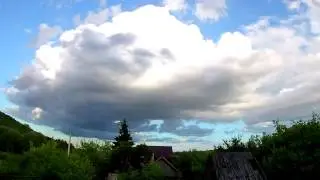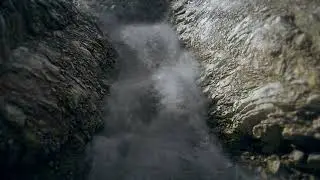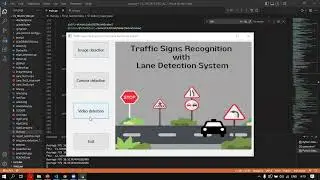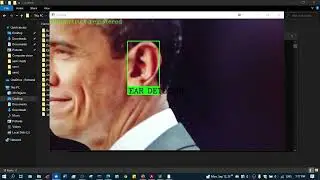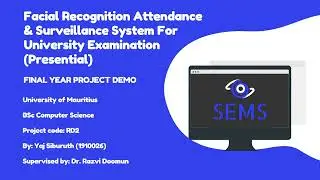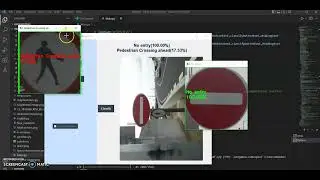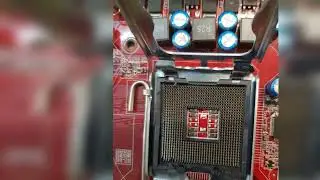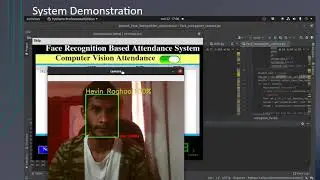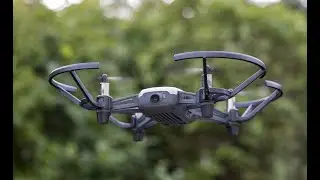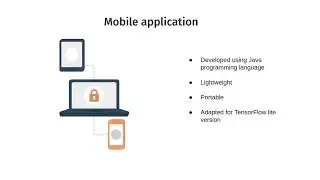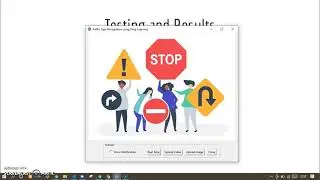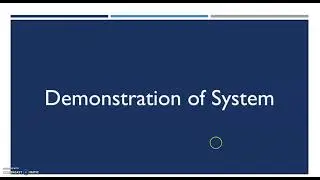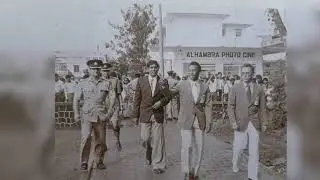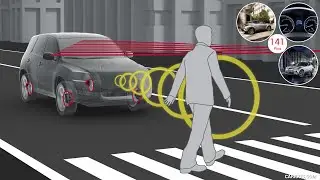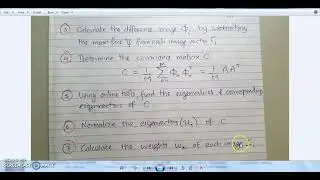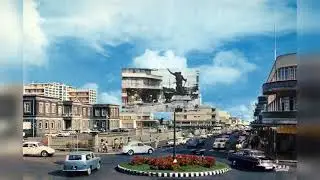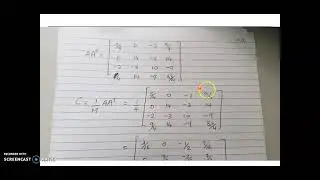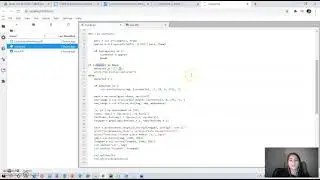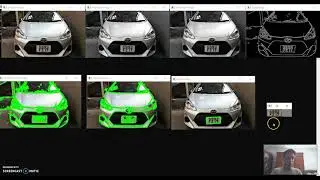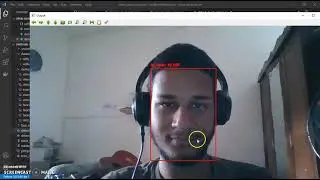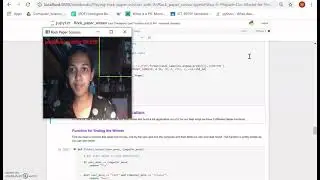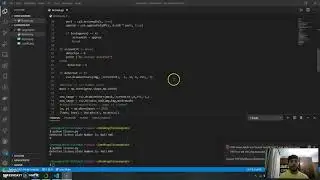Face Recognition and Tracking with Drone
Done By Ashiyaa Nunhuck , BSc (Hons) Computer Science Yr 3 (Completed August 2021)
University of Mauritius
Drones can be controlled remotely and pre-programmed to complete a specific task. This makes it an ideal candidate for monitoring remote locations and extremely crowded places, without causing any disruption. Drone usage can enable law enforcement agencies to search for missing persons, or locate criminals or suspicious individuals in a crowd, in places such as stadiums or festivals and disaster relief operations in regions which are difficult to access by humans, or in monitoring remote locations with strenuous terrains.
In this prototype project, we fly a drone at low height (less than 10 meters above ground) and get the camera feed from this drone for processing. The real-time face recognition drone surveillance system consists of a server (on a laptop) which receives the camera feed and continually detects all faces in view of the drone’s camera. As the drone flies around over the monitoring zone, the system compares the detected faces against a dataset and identifies any matches. The face detection functionality is offloaded to the server laptop, usually connected by sockets. This allows the system to be run on mobile device without much computational power, such as laptops, or even smartphones. The drone is programmed to fly autonomously in a few meters square area for example purposes, but it has the ability to follow a programmed flight plan (when tracking a particular identified/recognised face).
The project features are flexible and depends on your endeavour. For example, the project can incorporate real-time tracking of a person, counting number of person, other specific object detection from video, suspicious activity detection. The role of the drone is just to capture real-time video and transmit to laptop server, then may receive commands to adjust its fligt movement to track smoothly.

![[AMV] верно, я Кира..](https://images.videosashka.com/watch/8-3v0E_Axvw)



